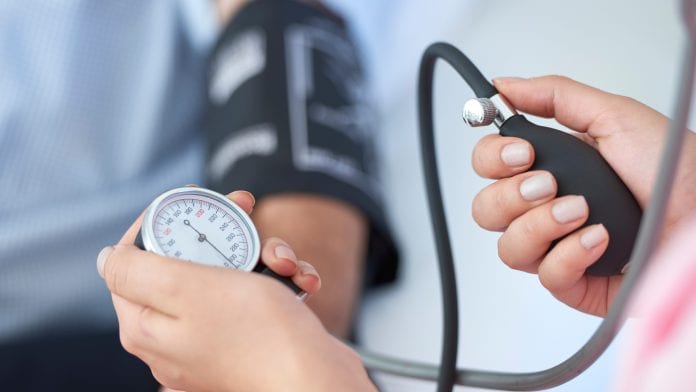
A new study has revealed the novel mechanisms of obesity and hypertension, which researchers say represents a paradigm shift in our understanding of how the hypothalamus controls blood pressure in obesity.
Hypertension is a comorbidity of patients with obesity that greatly increases the risk of mortality and disability. According to research, a high-calorie diet increases the density of blood vessels in the hypothalamus which is an important “eating control” area in the brain. Researchers have hypothesised that elevated hormone levels of leptin are associated with a higher risk of developing hypertension but the exact mechanisms that contribute to the condensed growth of blood vessels in the hypothalamus were unknown.
The new research carried out a team at Helmholtz Zentrum München has revealed that obese mice do not increase the amount of blood vessels in the hypothalamus when they lack the hormone leptin.
Leptin
Leptin is produced by adipose tissue, and is involved in controlling hunger and satiety, as well as playing an important role in the regulation of fat metabolism.
When the researchers increased the hormone leptin in the mice, certain brain cells – astrocytes – boosted the production of a specific growth factor, which, in turn, promoted vessel growth. The result was an increased number of vessels in the hypothalamus and no other brain region – demonstrating that leptin is mainly responsible for the increased concentration of vessels in the hypothalamus and that this process is mediated via astrocytes.
First author, Tim Gruber, said: “We provide a paradigm shift in our understanding of how the hypothalamus controls blood pressure in obesity. While previous research has focused primarily on neurons, our research highlights the new role of astrocytes, historically assumed less relevant than neurons, in controlling blood pressure.”
Study leader Cristina García-Cáceres highlighted that one important question remains: how exactly do astrocytes communicate with neurons?
“We have started to answer this question using in vivo real-time imaging of astrocyte-neuron circuit function in the hypothalamus,” the researcher says.









